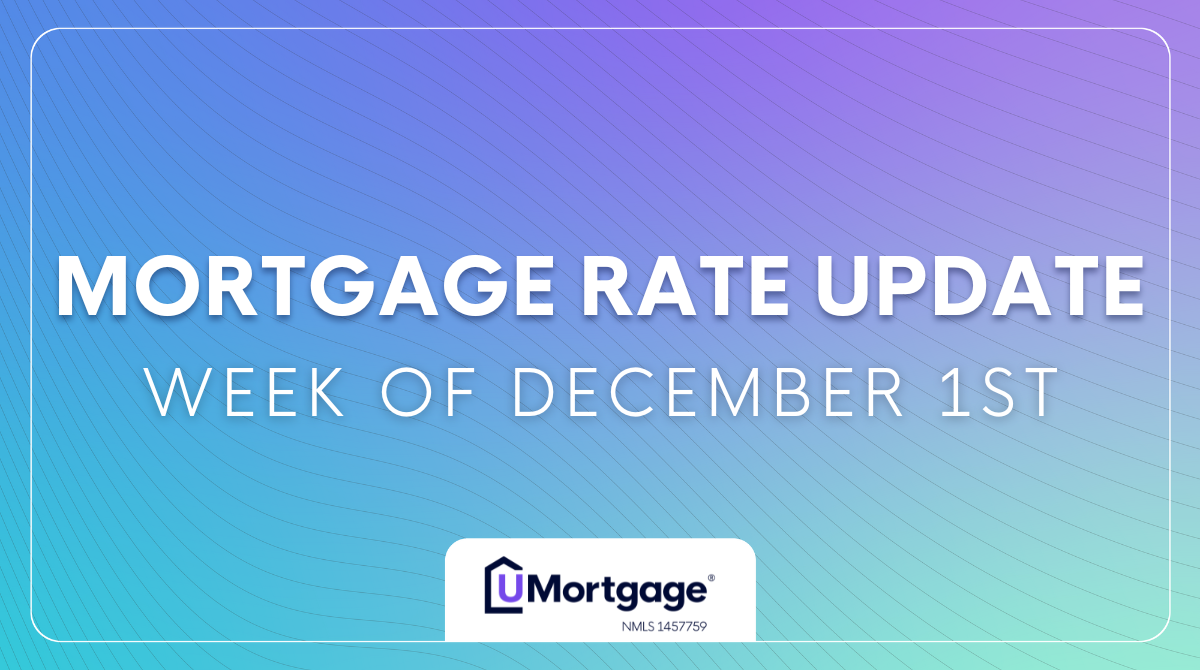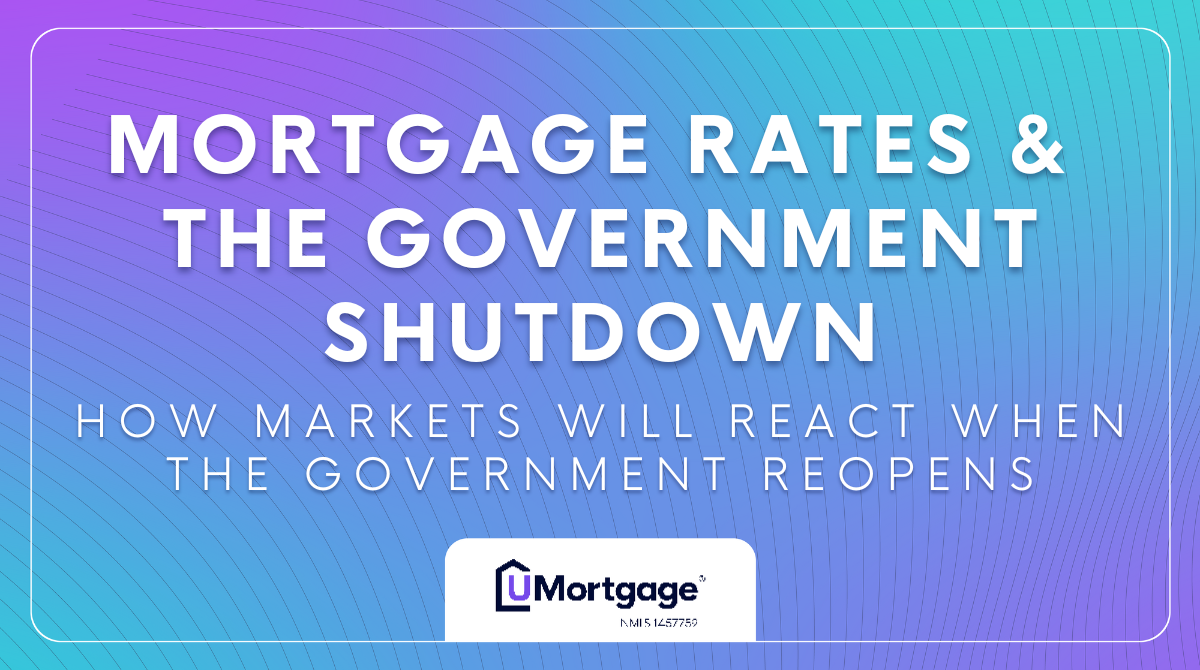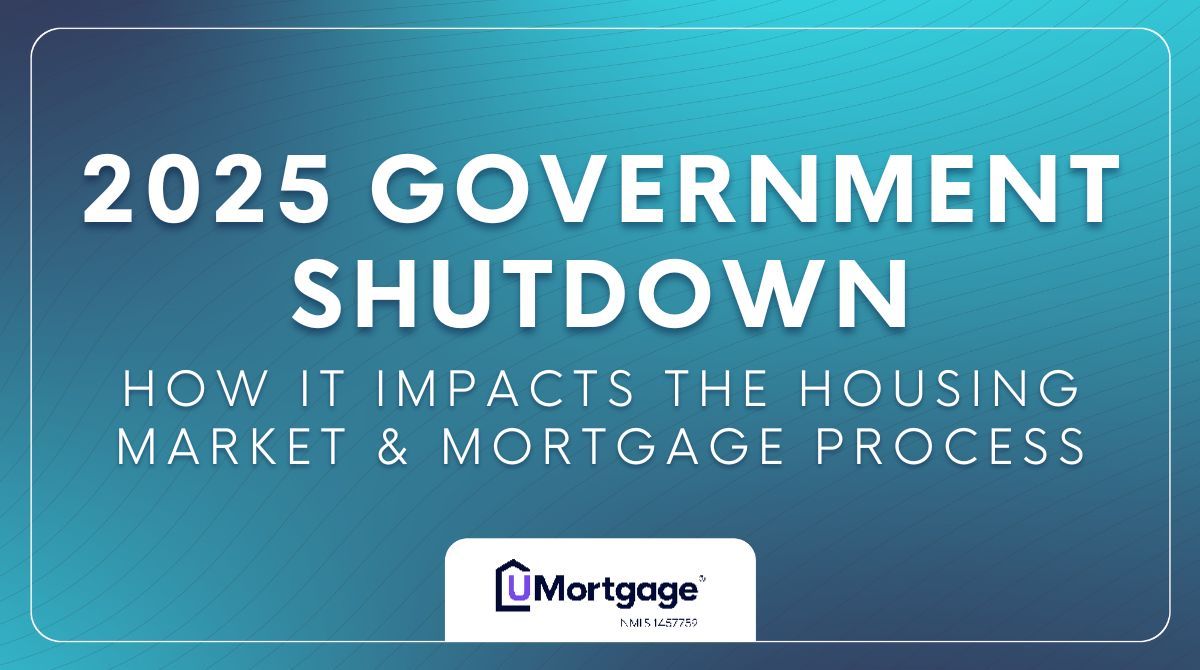November 19, 2025
How a Cash-Out Refinance Can Help Fund Your Holiday Spending
The holiday season is approaching, and for many, this time of year can put families under financial strain. Between gifts, travel, and festive gatherings, the expenses can quickly add up, leaving some feeling stretched thin.
For homeowners, a cash-out refinance can be an effective way to access home equity, providing extra funds to cover holiday costs without relying on high-interest credit cards or personal loans. By using the equity they've built, homeowners can enjoy a more relaxed and financially stable holiday season.
What is a Cash-Out Refinance and How Does One Work?
A cash-out refinance allows homeowners to replace their current mortgage with a new loan that provides extra funds by tapping into the equity homeowners have built in their property. Essentially, homeowners can "cash out" a portion of their equity to use however they like—whether it’s to pay off high-interest debt, fund renovations, or, in this case, cover holiday expenses.
This process works by allowing homeowners to borrow against their home equity, which is the difference between the home’s appraised market value and the remaining mortgage balance. By taking out a larger loan, the borrower receives the excess in cash after paying off the original mortgage.
For a clearer picture of how this can work, use UMortgage’s Refinance Calculator to see what a cash-out refi might look like for you. For a more in-depth quote, fill out this form to connect with a UMortgage Loan Originator or reach out to your existing UMortgage partner.
Home equity is a valuable asset that accumulates over time as mortgage payments are made and property values appreciate. With a cash-out refinance, homeowners can leverage this value without selling their property, providing access to funds when needed most.
The Benefits of a Refi for Debt Consolidation & Holiday Spending
While credit cards might seem like a tempting way to cover holiday expenses, the high interest rates can quickly make seasonal spending hard to manage. According to the Federal Reserve, the average credit card interest rate is currently around 22.76%, which can lead to a cycle of unmanageable debt.
“There’s a lot of high interest out there, and people are carrying more debt than they’ve ever carried,” says Jimmy Hobson, UMortgage’s National Sales Leader. “A cash-out refinance not only helps you avoid this kind of debt but also gives you a way to tap into your home’s equity that you’ve already built through monthly mortgage payments.”
With a cash-out refi, instead of taking on even more debt, you’re using the money you’ve already invested instead of relying on high-interest credit cards or personal loans. After you’ve closed your refinance, you'll get some breathing room before your first mortgage payment, typically due on the first of the month following a full 30 days after closing.
For example, if you close on November 14th, you won’t make your first mortgage payment until January 1st. This means you could benefit from a month without a mortgage payment, freeing up extra funds for holiday spending or unexpected expenses.
How to Know You’re Eligible for a Cash-Out Refinance
Before you start planning your refinance, assess your eligibility and whether it makes sense for your current financial picture. Here are some things to consider:
Assess Your Home Equity
You should start by calculating your home equity to determine if you qualify for a refi. Your equity is the difference between your home’s current market value and what you still owe on your mortgage. You’ll need an appraisal to determine your home’s market value. A UMortgage Loan Originator will be able to connect you with a reliable appraiser in your area to help you determine the equity owned on your home.
Reviewing Your Long-Term Goals
There are many benefits to a refinance, but ultimately, you should only do it if it fits your long-term goals. Would it be more beneficial to use your home’s equity to invest, make home improvements, or save for the future? Taking out funds now can affect your mortgage balance and monthly payments, so consider how it aligns with your plans and whether it will keep you on track to achieve financial stability or growth.
Get Connected with a UMortgage Loan Originator
A UMortgage Loan Originator is your key to personalized mortgage advisory that puts your long-term financial health first. Once you connect with your LO, they’ll walk you through every step, from eligibility to planning, and ultimately unlock your home’s potential, giving you a smart, effective option for covering seasonal expenses.
Follow this link and fill out the form to get connected with a UMortgage LO in your area.
A cash-out refinance lets you tap the equity you've already built in your home, helping cover seasonal expenses while keeping your financial health in check. Whether for gifts, travel, or end-of-year projects, using your home’s value wisely can make all the difference in enjoying a stress-free holiday season. Follow the link above to see if this option will work for you this holiday season!
 Read More
Read More



